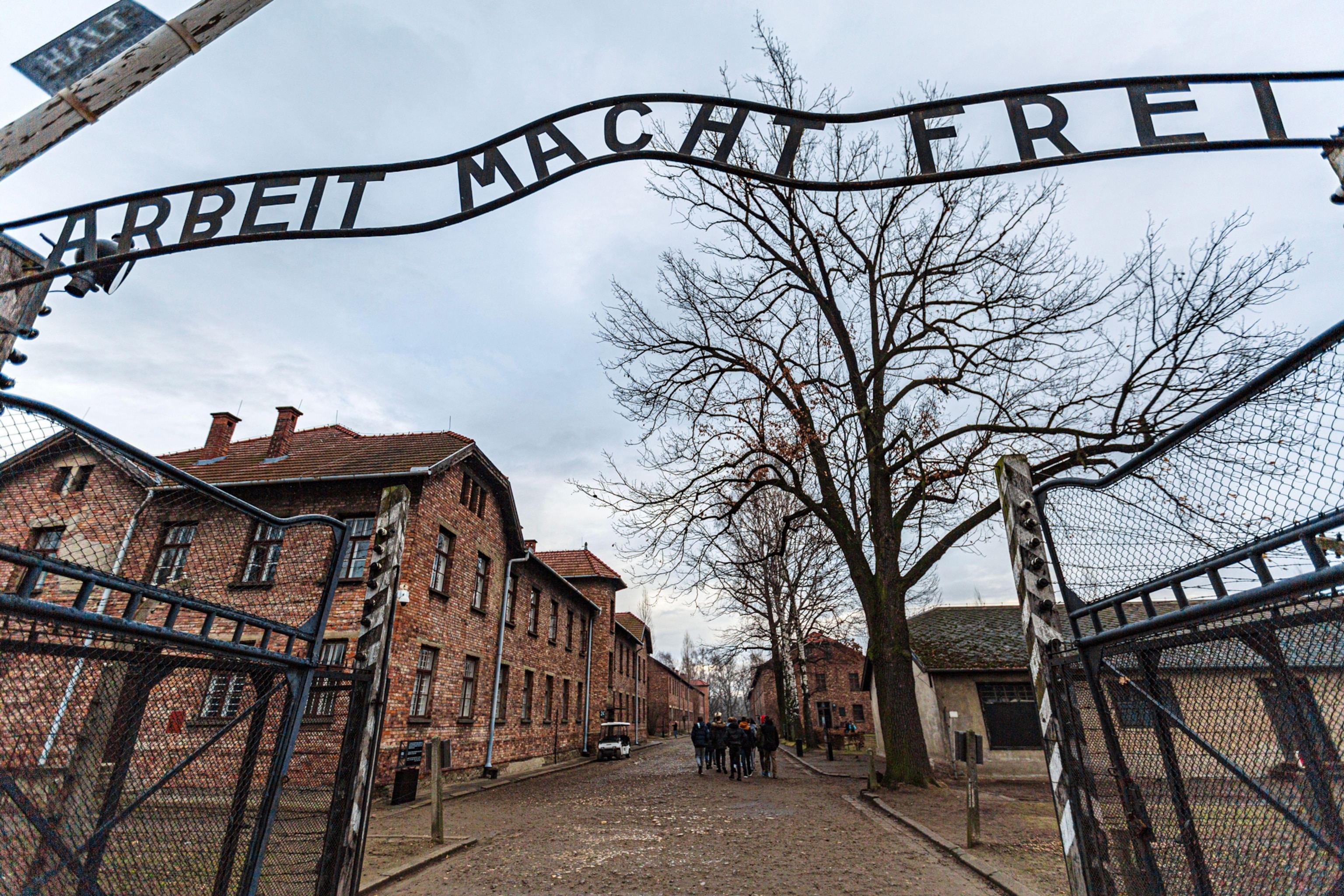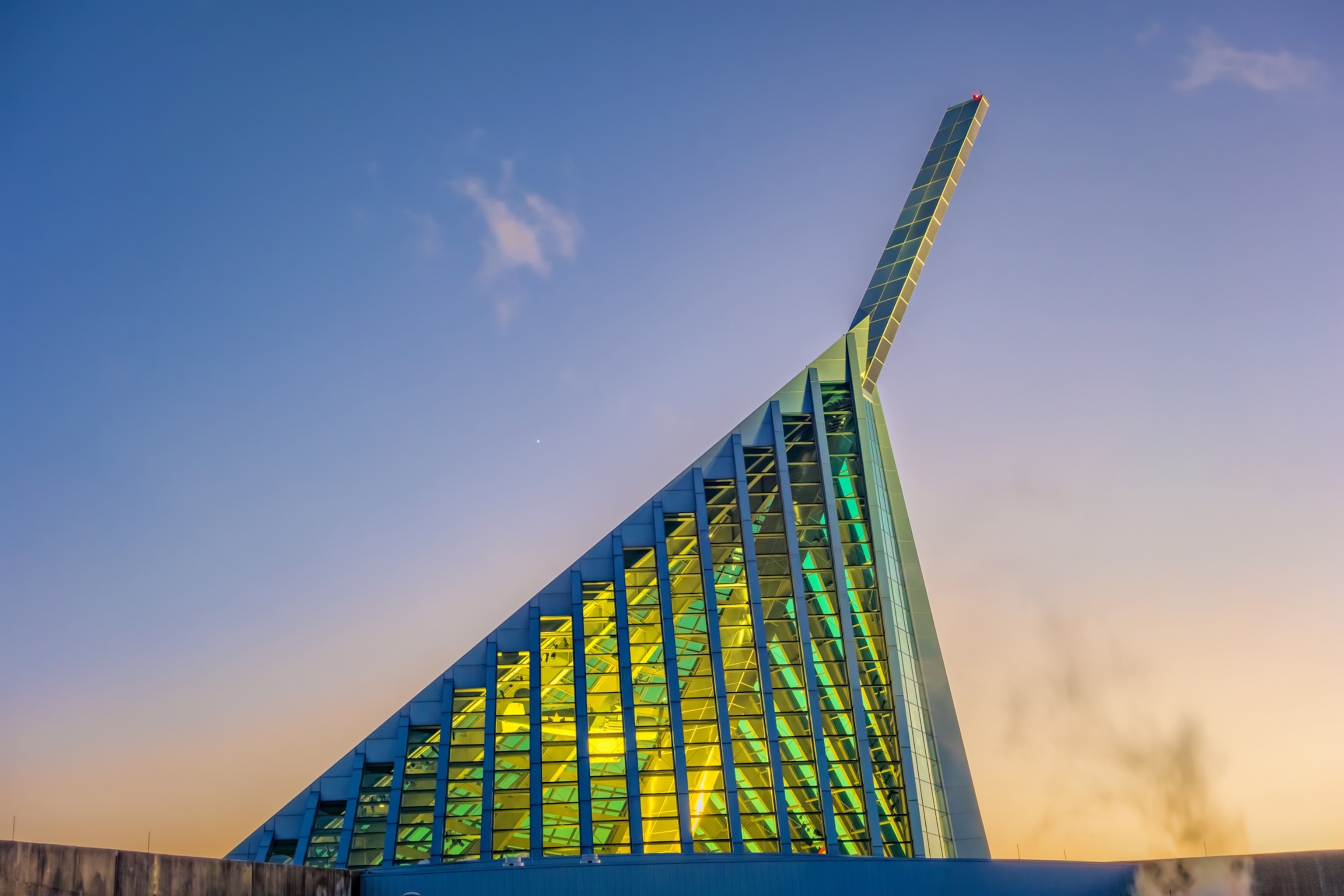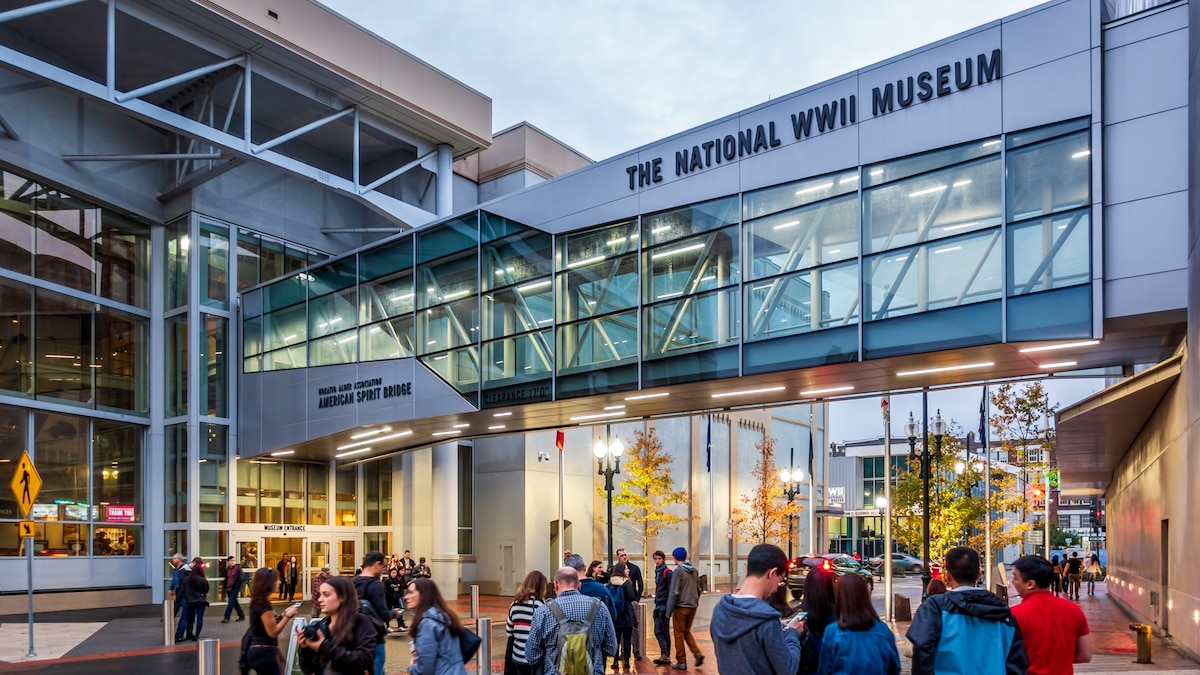World War II, which concluded 80 years ago, was a historic event that defined a generation. Tens of millions of people fought brutal oppression and an unfathomable Holocaust. Today, the world remembers them with exhibits dedicated to their sacrifice. We asked military historians about their favorites and compiled this list of 10 of the top World War II museums around the globe.
(Nearly 80 years after World War II, their voices recall the struggle.)
Selected as a Best of the World cultural site in 2024 by National Geographic, the National WWII Museum is the crown jewel for historians and travelers alike. It features an array of authentic artifacts, including a Higgins Boat, the landing craft built in New Orleans. It offers a gripping multimedia narrative of the war as seen by those who experienced it. Visitors can even “talk” to veterans at the AI-powered “Voices from the Front” exhibit.
Good to know: The Liberation Pavilion explores the end of World War II, the Holocaust, the postwar years, and the war’s continuing impact today. Other galleries—including the “Road to Berlin,” “Road to Tokyo,” and “Arsenal of Democracy”—tell the story of how the Allies overcame incredible odds to win the war.
(These daredevil women pilots helped beat Hitler in WWII.)
The last battleship commissioned by the United States, the U.S.S. Missouri, is where World War II officially ended in 1945. Today, it is a floating museum in Pearl Harbor, near memorials to the U.S.S. Arizona, U.S.S. Oklahoma, and U.S.S. Utah sunk by the Japanese in a surprise attack on December 7, 1941. Take the Captain’s Tour and learn about commanding the mighty Missouri.
Good to know: “Walking the lovingly preserved ship’s decks—and especially standing on the spot where Japanese envoys signed the instrument of surrender—is almost like being present for the ceremony that ended the bloodiest conflict in human history,” says Stephen Harding, author of G.I. G-Men: The Untold Story of the FBI’s Search for American Traitors, Collaborators, and Spies in World War II Europe.
(80 years later, you can still see the shadow of a Hiroshima bomb victim.)

Imperial War Museum London features galleries and exhibits that focus on World War II, but it also covers Britain’s role in wars from World War I to present day. Photograph by AaronP/Bauer-Griffin, Getty Images
This array of museums highlights Britain’s role in wars over the centuries, with a focus on World War II. Highlights include countless artifacts, photos, film, and a sound archive of interviews with military personnel who fought in the war and civilians who endured the Blitz, the German bombing campaign of British cities.
Good to know: Churchill War Rooms, the prime minister’s underground bunkers, IWM Duxford, where Spitfires, the iconic British fighter plane, still soar at a preserved Royal Air Force base north of London, and H.M.S. Belfast, a restored Royal Navy light cruiser on the River Thames.
(The true story behind ‘The Ministry of Ungentlemanly Warfare’)
This small museum is considered the best-kept secret for its impressive collection and storytelling abilities. It features more than 6,000 artifacts, including the shovel Hitler used for the Autobahn groundbreaking, original Mussolini speeches, a paratrooper “dummy” dropped on D-Day, and a grappling hook used by U.S. Army Rangers at Pointe-du-Hoc on Omaha Beach.
Good to know: Exhibits cover the battlefronts in Europe and the Pacific, D-Day, Battle of the Bulge, China-Burma-India, and Eastern Front. Visitors can also watch award-winning films about the war produced by the museum’s foundation.
(How one heroic crew helped win World War II’s largest naval battle.)

In Fredericksburg, Tex., the National Museum of the Pacific War has a Living History Battlefield, which features re-enactments of battles between American and Japanese forces on islands in the Pacific. Photograph by Stephen Saks Photography, Alamy Stock Photo
Located at the boyhood home of Fleet Admiral Chester W. Nimitz, this museum focuses on the bloody struggle he helped lead to push back the powerful Japanese military in the Pacific. Exhibits include a Japanese midget submarine used at Pearl Harbor, a replica of the “Fat Man” nuclear bomb dropped on Nagasaki, the Japanese Garden of Peace, a Memorial Courtyard featuring a 27,000-pound ship’s propeller, and the George H.W. Bush Gallery (reopening this fall), which tells the stories of everyday heroes in the Pacific War.
Good to know: “This is exactly what a history museum should be. It is free of post-modern politics and focuses on the artifacts in its collection to narrate the story of the war in the Pacific from start to finish. The museum is not to be missed,” says Martin K.A. Morgan, author and historian.
(Japan had little chance of victory—so why did it attack Pearl Harbor?)

Auschwitz-Birkenau State Museum in Poland is the site of a former concentration camp where Nazis executed 1.1 million, a majority Jewish victims, during the Holocaust. Photograph by Wallis Yu, Alamy Stock Photo
The Auschwitz-Birkenau memorial and museum is both stunning and disturbing. Located at the former concentration and extermination camp, this is where Nazis executed 1.1 million Jews and others during the Holocaust. The Nazis killed a total of 6 million Jews. The World Heritage Site features barracks, prison blocks, and killing sites, as well as belongings of victims.
Good to know: Few things are more sobering than Gas Chamber I, where the first killings took place in 1940. Also alarming is the reconstructed Death Wall, where SS Soldiers executed several thousand political prisoners.
(How the Holocaust happened in plain sight)
This museum includes one of the world’s largest collection of tanks and military vehicles. Visitors can ride in an iconic M4 Sherman and view a variety of vintage warbirds.
Good to know: The museum’s exhibits detail how the American soldier, sailor, airman, and Marine adapted to the challenges of fighting in North Africa, Italy, Europe, and the Pacific, as well as on D-Day and the Battle of the Bulge. Artifacts include Allied and Axis equipment—some rare and hard to find.
(Charles Lindbergh was a Nazi puppet—and his famous flight was overrated. Here’s why.)

At the National Museum of the Marine Corps in Virginia, visitors can learn how the Corps evolved into a significant fighting force during World War II. Photograph by benedek, Getty Images
The World War II Gallery at the Marine museum explores how the Corps grew into a major fighting force specializing in amphibious attacks in just four years. One immersive exhibit demonstrates how Marines boarded Higgins Boats to land on Iwo Jima.
Good to know: Leatherneck Gallery examines Corps camaraderie and what it means to be a Marine, test your marksmanship at the Laser Simulator Rifle Range, or reflect on the sacrifices by Marines at Semper Fidelis Memorial Park.
(Who was Hedy Lamarr? The Hollywood star who helped invent Wi-Fi.)
Located in Normandy, the Airborne Museum jumps into the history of paratroopers, especially the Americans on D-Day. It re-creates the experience of parachuting from a plane and details the difficulties faced by the 82nd and 101st Airborne Divisions during the invasion of France.
Good to know: “Sainte-Mere-Eglise was the first French town to be liberated on June 6 by the 82nd Airborne, so it’s the perfect place for the Airborne Museum. Visitors can walk through a C-47 transport plane and a Waco glider, both of which carried troops to Normandy on D-Day,” says James Donovan, author of Nothing but Courage: The 82nd Airborne’s Daring D-Day Mission–and Their Heroic Charge Across the La Fière Bridge.
(World War II treasure hunters love this rugged Greek island.)
During World War II, more citizens served in the U.S. Army than in any other branch. This museum delves into the story and of 11 million soldiers and what they experienced. Artifacts include the khaki dress cap belonging to General Douglas MacArthur, a steel helmet worn by a paratrooper killed during Operation Market Garden, the failed invasion of the Netherlands, and a mangled iron rod from the Trinity Test Site, where the atomic bomb was first detonated.
Good to know: Global War Gallery examines the Army’s role in World War II. Soldier Profiles detail the experience of troops serving in Europe, the Pacific, Asia, and other war-torn sites. The “Medal of Honor Experience” describes the heroism of soldiers who went above and beyond the call of duty.
Source link
#remarkable #World #War #museums #world
